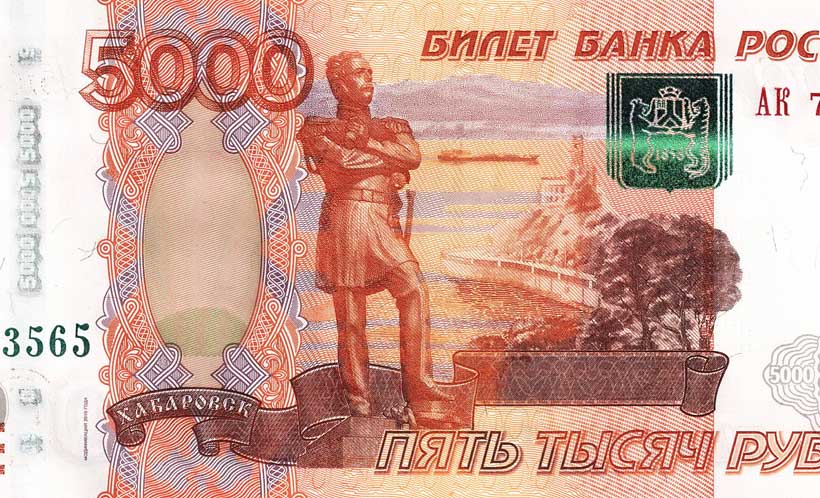Frozen Assets Turned Into Aid
Since February 2022, the West has wrestled with how to transform frozen Russian central bank assets into tangible support for Ukraine. Nearly $300 billion remains immobilized, with around €210 billion ($229 billion) sitting in Europe, most of it in Brussels-based Euroclear. Now, the European Union has outlined a bold mechanism: a Reparations Loan that allows Ukraine to tap the cash flows from these assets before any peace settlement with Moscow.
The plan, while innovative, reveals the West’s precarious balancing act. On one hand, there is mounting urgency to fund Kyiv’s defense and reconstruction; on the other, European governments and the European Central Bank are wary of outright confiscation, which would set a precedent undermining the sanctity of sovereign reserves. The Reparations Loan represents a compromise—creative financial engineering designed to keep Ukraine afloat without tearing apart the credibility of Western financial systems.
How does it work?
At its core, the plan leverages maturing Russian securities already held at Euroclear. As these securities mature, they generate cash balances—roughly €175 billion so far. The European Commission proposes transferring that cash into a Special Purpose Vehicle (SPV) owned by EU or G7 governments. Euroclear would receive zero-coupon EU bonds in return, ensuring its balance sheet remains insulated from Russian litigation.
Ukraine would then receive immediate access to funds, on the condition that it repays only once Russia delivers war reparations under a peace settlement. In effect, the loan is a forward-looking claim: Europe extends financing now, with the understanding that Russia—not European taxpayers—will ultimately foot the bill. This is not a blank check. Roughly €45 billion of last year’s G7 loan to Kyiv still needs to be repaid from the profits generated by frozen assets. Subtracting that obligation leaves around €130 billion potentially available for Ukraine’s new loan program.
Why the EU is pushing this path
The frozen assets debate cuts to the core of Western credibility. Confiscating Russian central bank reserves outright would hand Moscow a propaganda victory, with critics warning that it would undermine trust in the euro and dollar as reserve currencies. By contrast, using accrued profits rather than the principal preserves the West’s legal and financial legitimacy while still providing Kyiv with lifelines.
Politically, the Reparations Loan also addresses the fatigue setting in across European capitals. With budgets strained and far-right parties questioning continued support, this mechanism externalizes costs: Russia’s assets, not European taxpayers, become the financial source. In a continent wary of yet another round of emergency aid debates, this distinction matters.
The Geopolitical Stakes
Yet, the risks are significant. Moscow has already threatened retaliation should its reserves be used to fund Ukraine, calling such moves theft under international law. Russia could respond with asymmetric measures—tightening energy flows, targeting European assets abroad, or stepping up hybrid warfare tactics.
At the same time, the initiative is a litmus test for Western unity. The EU ideally wants all 27 member states on board, alongside G7 partners. But Hungary and Slovakia—both with Moscow-friendly governments—may refuse participation. Brussels has signaled that the SPV could proceed without them, but doing so would underscore divisions inside the EU at a critical geopolitical juncture.
The IMF’s forthcoming assessment of Ukraine’s 2026–2027 financing needs will also shape the program’s scale. A mismatch between Ukraine’s actual fiscal requirements and the funds the EU can unlock risks leaving Kyiv underfinanced just as Russia doubles down on its war economy.
The long term vision of Russian deterrence and Ukrainian reconstruction.
The broader logic is about more than short-term defense spending. A Reparations Loan tied explicitly to future Russian payments reframes the conflict as one where Moscow is held accountable, regardless of battlefield developments. For Kyiv, that framing is crucial: it signals that Europe is betting on Ukraine’s survival as a sovereign state entitled to reparations.
Economically, channeling asset-derived funds could stabilize Ukraine’s war-battered economy without saddling it with unmanageable debt. The symbolism matters too—this is money taken directly from Russia’s frozen reserves, redirected to rebuild the country it invaded. For Europe, however, the approach is a double-edged sword. If successful, it strengthens the bloc’s financial ingenuity and geopolitical resolve. If it falters—whether due to legal challenges, political pushback, or retaliation—it risks highlighting Western indecision at precisely the moment unity is most needed.
A precedent in the making
The Reparations Loan underscores how Europe is rewriting the rules of crisis finance in real time. By transforming frozen reserves into active funding, Brussels hopes to ensure that Russia pays, at least indirectly, for the destruction it has caused.But the initiative is more than an accounting trick. It will shape debates about the sanctity of sovereign reserves, the credibility of Western financial institutions, and the long-term viability of Ukraine’s war effort. Success could mark a turning point in Western economic statecraft; failure could deepen divides and embolden Moscow.
Either way, the stakes are clear: this is not just about €130 billion sitting in Brussels. It is about whether the West can align legal caution, financial creativity, and geopolitical necessity into a coherent strategy for Ukraine’s survival.
with information from Reuters
